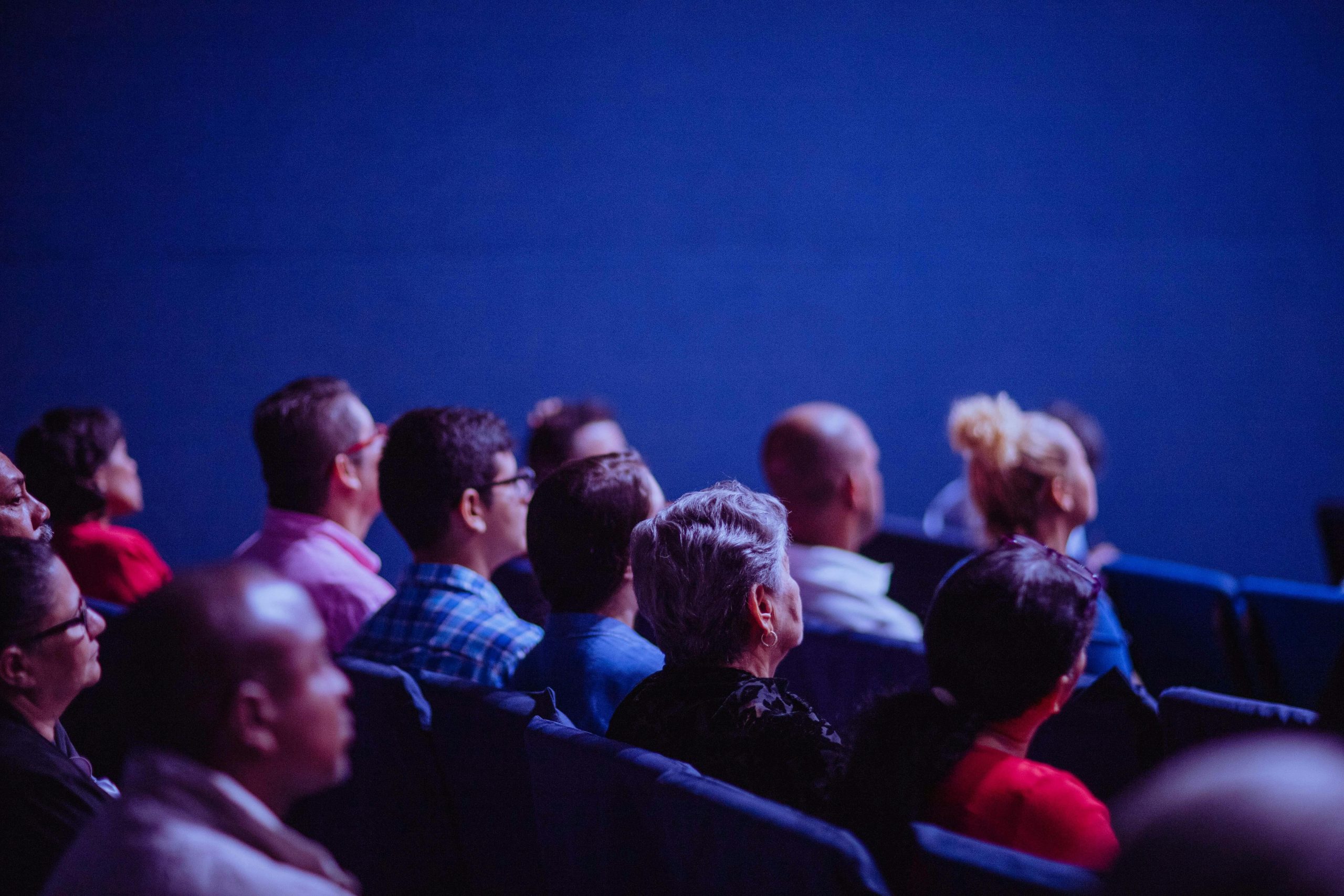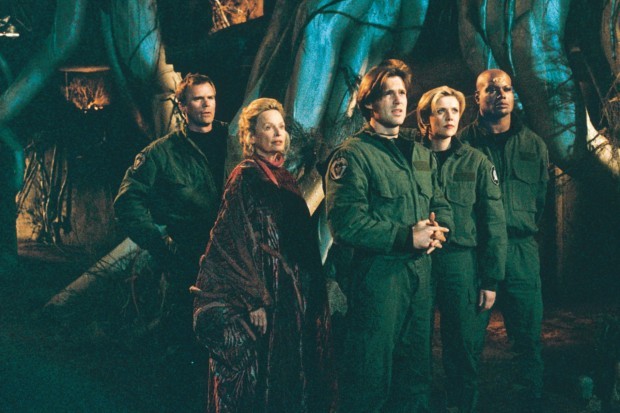Cinema is more than entertainment. At its best, it’s a reflection of who we are — our values, fears, conflicts, and dreams projected on the screen. Movies do not exist in a vacuum; they are shaped by the social, political, and cultural contexts of their time. In turn, they influence how societies think, behave, and evolve. From the propaganda films of the 1930s to today’s social issue dramas, cinema has always been a mirror — sometimes flattering, sometimes harsh — that shows us our collective identity.
In this article, we’ll explore how film reflects society’s past and present, how it shapes cultural conversations, and why it remains one of the most powerful storytelling tools in human history.
Cinema as a Historical Record
One of the most enduring roles of film is its ability to capture history — not just events, but the emotions, attitudes, and social norms of an era. Early silent films, such as D.W. Griffith’s The Birth of a Nation (1915), reveal the racial prejudices of their time, while Charlie Chaplin’s Modern Times (1936) portrays the struggles of industrial workers during the Great Depression.
These films are more than entertainment; they are artifacts. They allow future generations to see how people lived, what they believed, and what they feared. Even fictional stories reflect the zeitgeist. For instance, science fiction films of the 1950s — filled with alien invasions and nuclear threats — mirrored Cold War anxieties and the looming shadow of atomic warfare.
Cinema and Social Change
While film reflects society, it also has the power to shape it. Movies can challenge deeply rooted beliefs, spark political movements, and shift public opinion. A powerful example is Guess Who’s Coming to Dinner (1967), which confronted interracial marriage during a time of intense racial tension in the United States. Similarly, Philadelphia (1993) helped destigmatize conversations about HIV/AIDS and LGBTQ+ rights.
Documentaries, too, have served as catalysts for change. Films like An Inconvenient Truth (2006) brought climate change into mainstream discourse, while Blackfish (2013) prompted reforms in marine life conservation and the treatment of captive animals.
Cinema’s emotional impact is key to this influence. Statistics and arguments may inform, but storytelling humanizes — it allows audiences to empathize with people and perspectives they might otherwise ignore.
Representation and Identity
One of the most vital conversations in modern cinema revolves around representation. For decades, mainstream films marginalized or stereotyped minorities, women, and LGBTQ+ individuals. This exclusion not only reflected societal biases but also reinforced them.
However, the past two decades have seen significant progress. Films like Moonlight (2016) and Parasite (2019) challenged traditional narratives while broadening global audiences’ understanding of race, class, and identity. The success of Black Panther (2018) was a cultural milestone — a celebration of African identity that inspired millions and demonstrated the global appetite for diverse stories.
Representation goes beyond casting; it influences how audiences perceive themselves and others. Seeing complex, multidimensional characters from different backgrounds on screen validates lived experiences and fosters empathy. In this way, cinema doesn’t just reflect society — it helps shape a more inclusive version of it.
Political and Ideological Reflection
Throughout history, governments and political movements have recognized the power of film to shape public opinion. Propaganda films during World War II, such as Leni Riefenstahl’s Triumph of the Will (1935) in Nazi Germany or Frank Capra’s Why We Fight series in the U.S., mobilized citizens and justified political ideologies.
Even in democratic societies, cinema often reflects political climates. Films of the 1970s, like All the President’s Men and Taxi Driver, captured widespread disillusionment following the Vietnam War and Watergate scandal. More recently, movies like Vice (2018) and The Post (2017) have interrogated political power and media responsibility.
Film also serves as a space for resistance. Directors working under censorship — such as Iranian filmmaker Jafar Panahi — use metaphor and allegory to critique authority, proving that cinema can speak truth even under repression.
Globalization and Cultural Exchange
In the age of streaming and global distribution, cinema has become a bridge between cultures. Audiences around the world now have access to films from South Korea, Nigeria, India, and beyond, exposing them to diverse stories and traditions. This cultural exchange fosters understanding and breaks down stereotypes.
For example, Slumdog Millionaire (2008) brought aspects of Indian society to Western audiences, while Roma (2018) offered a deeply personal glimpse into Mexican life. The international success of these films proves that local stories can have universal resonance, revealing shared human experiences across cultural divides.
Cinema also shapes how nations perceive themselves. Countries often fund films that highlight cultural heritage or national achievements, using cinema as soft power to project identity on the global stage.
The Mirror of Technology and Modernity
Cinema doesn’t just reflect social issues — it also mirrors our relationship with technology and modern life. Science fiction has long explored society’s hopes and fears about progress, from the utopian visions of Star Trek to the dystopian nightmares of Blade Runner. These films often serve as cautionary tales, asking critical questions about artificial intelligence, surveillance, and humanity’s future.
At the same time, the rise of social media and digital technology has changed how stories are told and consumed. Films like The Social Network (2010) and Her (2013) reflect the complexities of digital identity and human connection in the 21st century. As technology evolves, cinema will continue to mirror our evolving relationship with it.
Pop Culture, Mythmaking, and Collective Memory
Cinema also plays a pivotal role in shaping pop culture and collective memory. Movies don’t just tell stories — they become part of our cultural language. Phrases like “May the Force be with you” (Star Wars) or “I’m gonna make him an offer he can’t refuse” (The Godfather) transcend film, becoming shared references that bind societies together.
Moreover, cinema mythologizes history. Films like Saving Private Ryan or 12 Years a Slave shape how audiences understand war and slavery. While such portrayals are not always perfectly accurate, they influence collective memory, often becoming the primary way future generations engage with the past.
This mythmaking power carries responsibility. Filmmakers shape not only what audiences see but also how they remember. As debates about historical accuracy and cultural representation grow louder, cinema’s role as a cultural mirror becomes even more significant.
The Future of Cinema as a Social Force
As society changes, so too will the stories we tell. The rise of streaming platforms has democratized filmmaking, giving voice to creators who were previously excluded from mainstream production. Social media campaigns now influence casting decisions and storylines, reflecting an increasingly participatory culture.
Emerging technologies like virtual reality and interactive storytelling promise to deepen cinema’s role as a mirror. Imagine stepping into a film’s world, experiencing a character’s struggles firsthand — such immersive storytelling could transform how audiences empathize and understand complex social issues.
Yet, the core purpose of cinema remains unchanged: to reflect who we are, challenge how we think, and inspire who we might become.
Conclusion
Cinema is far more than a mirror held up to society — it is a living dialogue between storyteller and audience, past and present, reality and imagination. It reflects history, shapes ideology, celebrates diversity, and interrogates the future. Whether it’s a blockbuster that unites billions or an intimate indie film that sparks a movement, movies continue to influence how we see ourselves and the world around us.
As long as humans tell stories, cinema will remain a powerful force for understanding, empathy, and change. In every frame, we see not only a story — but also a reflection of ourselves.

Sarah Mitchell is a bestselling novelist recognized for her insightful and emotionally resonant stories that explore the complexities of human relationships. Originally from Denver, Colorado, Sarah grew up in a family of teachers who nurtured her curiosity and love for storytelling. She studied psychology at Stanford University, where she became fascinated by the intricacies of human behavior—an interest that would later shape her writing career. Sarah’s novels are praised for their nuanced characters, intricate plots, and ability to capture the subtle tensions that define love, friendship, and family ties. Her breakthrough novel, The Spaces Between Us, became an instant bestseller, lauded for its honest portrayal of strained family relationships and the fragile bonds that hold people together. Since then, she has published several works that continue to captivate audiences around the world. Outside of her writing career, Sarah is passionate about mental health advocacy and often partners with organizations to promote awareness and support for those struggling with emotional well-being. Her personal life is quieter—she enjoys hiking in the Colorado mountains, practicing yoga, and spending time with close friends. With each new book, Sarah Mitchell cements her reputation as a writer who illuminates the beauty and struggles of human connection.









